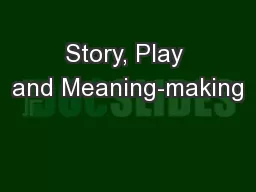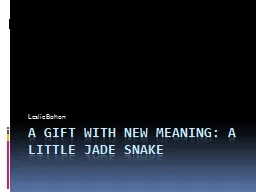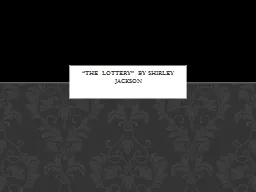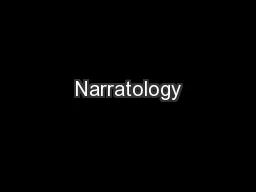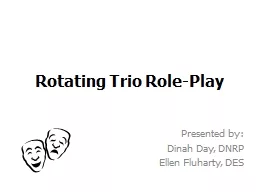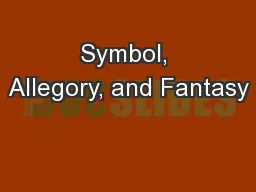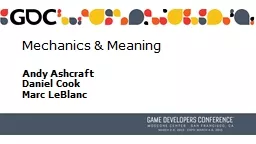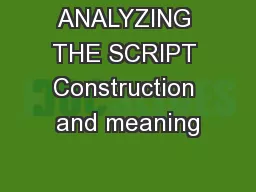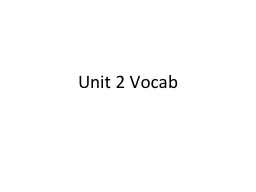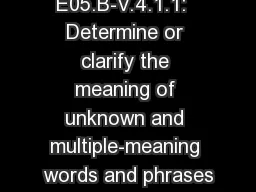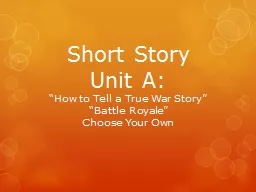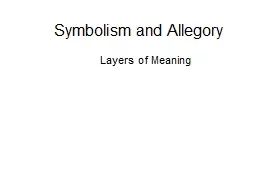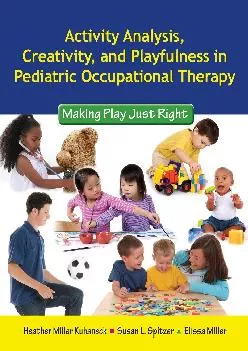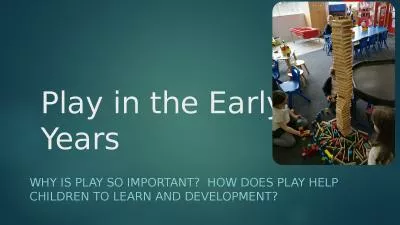PPT-Story, Play and Meaning-making
Author : alexa-scheidler | Published Date : 2017-05-05
Dr Sue Lyle Former Head of CPD Swansea Metropolitan University Director of Dialogue Exchange January 3 2017 COGNITIVE RESEARCH Each new generation of children
Presentation Embed Code
Download Presentation
Download Presentation The PPT/PDF document "Story, Play and Meaning-making" is the property of its rightful owner. Permission is granted to download and print the materials on this website for personal, non-commercial use only, and to display it on your personal computer provided you do not modify the materials and that you retain all copyright notices contained in the materials. By downloading content from our website, you accept the terms of this agreement.
Story, Play and Meaning-making: Transcript
Download Rules Of Document
"Story, Play and Meaning-making"The content belongs to its owner. You may download and print it for personal use, without modification, and keep all copyright notices. By downloading, you agree to these terms.
Related Documents

